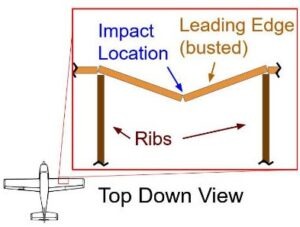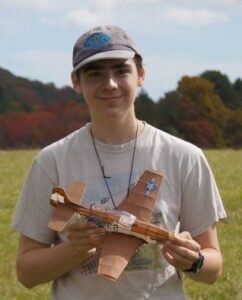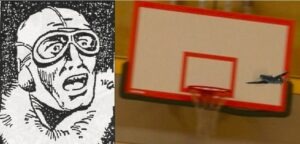ALERT: March 3 Glastonbury date will be a FULL DAY contest & flying session!
Feb 4 Contest Results in this post.
click images to view larger
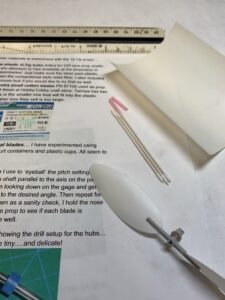
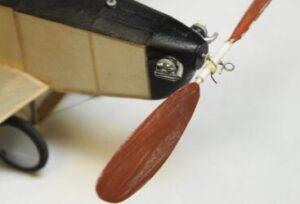
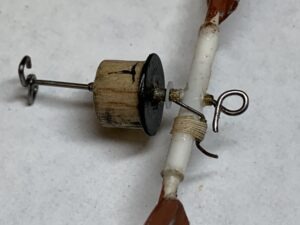
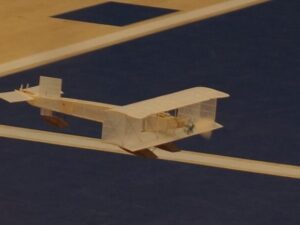
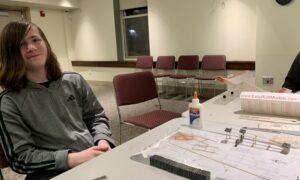
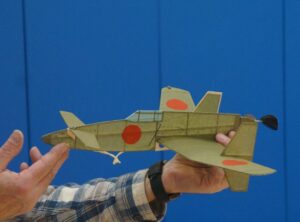
I Need a Better Prop!
OK, before we get into how to make that better prop, let’s share some important updates.
FIRST: The Sunday March 3 Glastonbury H.S. indoor event will be a Full Day 8am-5pm Contest and Flying Session . This is a make-up for the cancelled January full day session. Remember, there is no February Glastonbury indoor flying session, so be sure to make the March 3 Full Day session. Hooray, and thanks to John K for setting this up!
SECOND: Results from the Feb 4 Georgetown, MA meet are below:
2/4 FAC Kanone Report – Sheet 1
2/4 FAC Kanone Report – Sheet 2
Make a Lightweight Indoor Prop
At the Glastonbury, CT high school indoor sessions, you may have noticed a tall gent flying some incredibly small (isn’t that always the way), beautiful and well-behaved models.
Well, on very small and light models such as those that clubster Doug Halley flies, the right prop is critical. A commercial one-piece plastic prop (eg Peck, North Pacific, etc.) can sometimes be just too heavy, or maybe a different pitch is needed. Our Stealthy roving reporter caught up with Doug and asked for more info on the unique adjustable paddle-bladed props on his models.
Doug came through with a detailed article outlining how to make his “Q-Tip Prop” and where to get the components used to build it. Tom N built a Q-Tip prop for his Peanut Scale Bristol Brownie and can attest to its ease of construction. The Brownie won a Peanut Scale event outdoors at a recent FAC Nationals with this prop.
Paddle-bladed props like this work great on lightweight models such as the super cool Kyushu Shinden that Steve E was flying at the Feb 4 Georgetown indoor meet. Be aware, however, that these props are not “legal” for some competitive events – Dime Scale, Chameleon One-Design, for example – they’re too good!
Many thanks to Doug H for sharing his excellent lightweight indoor propeller design with us. And better yet, how to make it and set the pitch!
